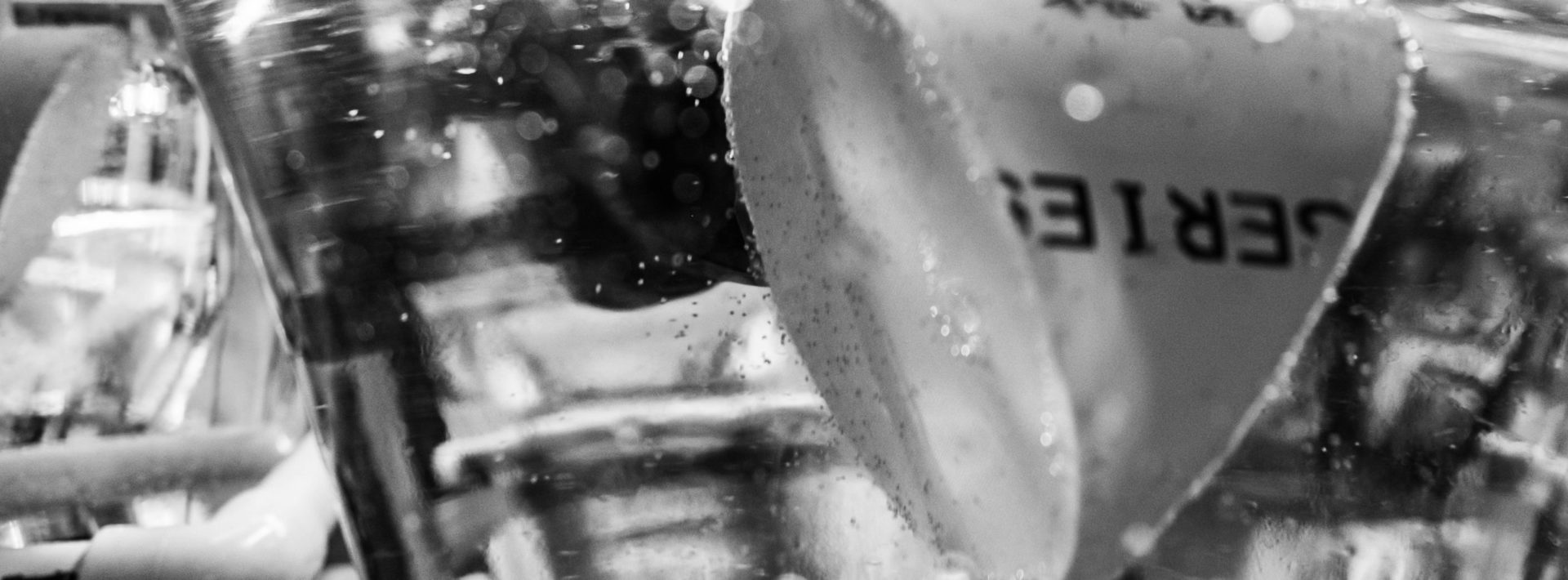MIT Great Barrier Reef Initiative: Rebirth of the Giants

[fusion_text]By: Sierra Rosenzweig ’20
The Great Barrier Reef has been ravished by outbreaks of the same spiny predator since the1960s. The Crown of Thorns starfish explode in numbers approximately every 17 years and consume vast areas of coral as they grow, leaving the reef and its surrounding ecosystem in decay. Resilient to the loss of limbs, many poisons, and stabs through the body, these predators are extremely difficult to cull from a reef area. They thrive in areas of high nutrient pollution near the coasts of human cities and farms, and have been nearly impossible to control in the last few decades. Their resilience stems from the fact that few creatures can consume these sharp, toxic sea dwellers. It is a rarity to encounter a fish who has developed the capability withstand the toxins of an adult Crown of Thorns Starfish, but one mollusk has evolved the proficiency to consume this dangerous predator…The Giant Triton Snail.

A Crown of Thorns Starfish lurks in a dark tank at AIMS, hiding from predation by a Giant Triton

The shell of a Giant Triton Snail. Fully grown, Tritons can reach half a meter in length
With the bloom of an eligible food source of Crown of Thorns Starfish, one would expect the Giant Tritons to flourish in conjunction with the starfish outbreaks, and control their numbers in a top-down manner. But the Giant Tritons have been hit too hard by mankind to rebound on their own, even with a vast abundance of food. The impressive shells of the Giant Tritons are a main attraction for tourists and have been harvested to near extinction of the animal. With the giant snails taken out of the ocean, the Crown of Thorns Starfish are left to destroy the reef.

A Crown of Thorns Starfish (left wall) will leave a coral bleached white after consumption
But there is still hope behind the glass walls of the tanks of the Sea Simulator at the Australian Institute of Marine Science (AIMS). The scientists have constructed a safe heaven for a small number of the Giant Tritons, where they are well fed and studied from a distance day-in and day-out. AIMS has created an environment suitable enough to allow these Giant Tritons to breed hundreds of thousands of larvae in hope that they could reverse the extinction of a species and halt the plague of the Crown of Thorns Starfish. Despite the incredible number of larvae and years of rearing the young, the breeding attempts by AIMS have been a long and total disappointment. The scientists report that they have not seen more than a few millimeters of growth in the last three years, and that the vast majority of larvae do not make it through more than a month or two of life. The exact reason for this lack of growth remains a mystery to this day.

Despite bubbling in a tank to keep Triton larvae easily suspended in the water column, many larvae perish after few weeks of life and sink to the bottom of the column

Under a microscope, Triton larvae (left) do look like miniature snails
I was lucky enough to discover the Triton project at AIMS, and I have taken to their mission of solving the puzzle behind the growth of a Giant Triton. We have begun testing a multitude of food sources for the larvae along with varying light conditions, tank styles, and temperatures. Despite the signs that suggest this mission may be fruitless, we have hope that the Tritons may one day repopulate the Great Barrier Reef.

One method used to keep Triton larvae suspended in the water and from settling to the bottom of a tank is to suspend them in glass bottles and rotate the bottles continuously on a conveyer

Another method of larvae suspension is bubbling the larvae from the bottom of the tank. The larvae can be seen as tiny specs, suspended in mid-photograph
[/fusion_text][fusion_text]Sierra Rosenzweig ’20 is spending the summer in Australia and New Zealand and participating in a new research and engineering project in collaboration with the Australian Institute of Marine Science and James Cook University on the Great Barrier Reef. [/fusion_text]



